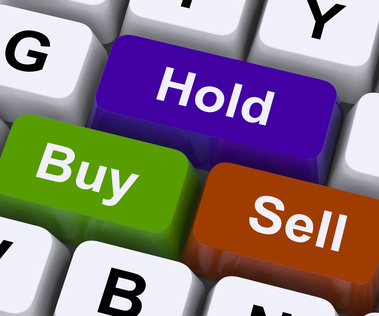Many traders have the experience of being right about a trade, but get shaken out or stopped out well before that trade reaches its expected target. How frustrating is that?
This usually results from several common emotionally-driven timing issues:
1) Getting in too early due to fear of missing out.
2) Getting out too early due to fear of giving back gains.
3) Placing an initial stop that is too tight (fear of loss).
4) Moving stops in too soon (trading not to lose).
5) Extrapolating from what just happened (Recency Bias).
What an emotional rollercoaster!
Ever wonder why these mistakes are always so costly? Why the market is so darn efficient at punishing those who commit these timing and trade management errors?
The Food Chain
Just as whales eat the tiny shellfish known as krill, smaller traders are a source of food for professionals. Professionals study the behavior of smaller traders the way a fishing captain studies the patterns of schools of fish using Sonar. These studies product consistent results day in and day out because smaller traders behave quite predictably when under financial stress. (See the 5 Mistakes above.)
It doesn’t take sophisticated tools to determine where the schools of small fish are playing and where they are likely to make exit (liquidation) decisions. Moreover, it’s not difficult to scare small fish into executing; a relatively small amount of pressure will suffice.
Additionally, Recency Bias will guarantee that the fish are looking the wrong way when they decide to get back in the market after getting scared out. Chances are they will be inappropriately bearish or bullish, as the case may be.
Recent market action in the Nasdaq is illustrative of this market psychology principle. Sharp sell offs get the top pickers thinking the ‘bell’ has finally rung, but after the quick swoon, the market rallies once again.
= = =
I’ve developed a short self-assessment that can help you determine whether your timing and trade management issues are likely to improve on their own, simply from practicing more. You can take my free risk profile by filling out a short form. You may also contact me for a free 15 minute consultation to discuss your results. Traders tend to isolate. If that’s true for you, I’m sure you will benefit from having someone to chat with about your trading. And there’s no obligation. Daytradingpsychology.com




